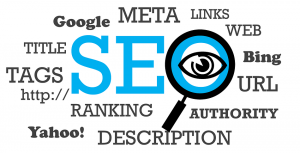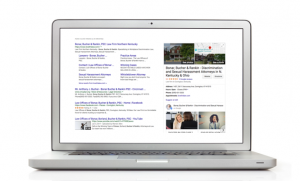If you are going to run a Twitter marketing campaign, hashtags are essential. In fact, according to Buffer App, adding one or two hashtags to a tweet will result in a 55% increased chance of a retweet.
Hashtags work as signal lights which draw in users to your content. They are also a great way to categorize your tweets. When a user clicks on a hashtag, he or she will be shown all the tweets that contain that hashtag.
In other words, there’s no doubt that hashtags are important. Let’s take a look at how to use them effectively to increase your brand engagement.
Use Only Relevant Hashtags That Are Relevant to Your Brand
When coming up with a new hashtag, you want to have a hashtag that’s flexible enough for users to have fun with it, while maintaining its relevancy to your brand. However, if you’re not careful, a hashtag that is too vague can backfire, since it can be hijacked and used against you. Of course, it’s hard to tell how an initiative is going to be received on a social media platform.
We have two examples on both sides of the spectrum. When done right, you have a hashtag like Nike’s #makeitcount, which ties into their concept of “Just Do It” and the performance mentality. It works on a conceptual level, and it allows its customers to get creative with the hashtag. You can just see a gym rat using the hashtag after a workout.
On the other hand, you have McDonald’s failed #McDStories hashtag. The problem might not be with the hashtag itself, or the concept behind – it’s an innocent hashtag that was intended to engage users and encourage them to share the happy memories they’ve had with Happy Meals. The problem is with McDonald’s image and the company’s lack of awareness of this image. Once the hashtag was released into the wild jungles of Twitter, horrible stories about the fast food restaurant started to surface. This is not surprising at all, since fast food has become a little taboo in today’s society.
Be Careful of Overuse
When too long or overused, hashtags can be detrimental. You want to keep your hashtags under 20 characters, so that people can use them effectively. In terms of frequency, you want to keep it below three hashtags per tweet, otherwise your engagement rate will drop significantly.
Observe and Participate
The best way to come up with a new hashtag is to observe the hashtags that are already trending within your industry and the conversations that they spark. You also want to find out what your competition is doing and who the key influencers are in your particular area of interest. You can gain tremendous insights if you spend the time to drill down into the specific climate of your niche.
Once you’ve assessed your target audience and their engagement patterns it’s time to start testing the waters. You can start off with the simple, but very effective method of live tweeting and event hashtagging. If there’s buzz around a particular event or conference within your industry, you can participate in the conversation using the hashtag and connect with influencers and other players.
Similarly, Twitter chats can further increase your exposure within the industry. Relevant hashtags can spark conversations between you, the audience, and key influencers, bringing in a ton of exposure. You can either participate in already existing Twitter chats or you can start your own. Colorado.com started the #skichat hashtag which connected multiple ski resorts in a conversation that merged several audiences and ended up benefiting both the resorts and Colorado.com.
Another great method of proactively engaging your audience is by participating in already trending topic discussions. These general hashtags, can be very active and you can use then to gain exposure.
Conclusion
Using hashtags effectively is all about building a relationship with your audience and participating in conversations. There are several techniques at your disposal, which can be used to either draw in an audience or to engage one that already exists.
Digital & Social Articles on Business 2 Community(77)






